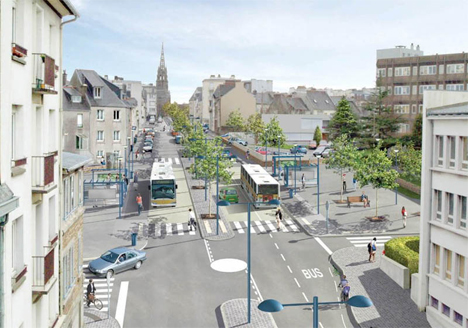

We’ll get back to more metrobuses in later posts. Is atb.no down, and you need to catch a bus, but the weather is too stormy outside? No problem, just point a 2m antenna towards the road, wait for the metrobus’ gargantuan presence across the 2m amateur radio band, and run very fast. For fun, it is possible to create a metrobus detector using simple classification techniques:

The comb noise spikes are clear even for the weaker signals. Some of the signals are a bit weak, so we also plotted individual spectrograms below for clarity: The characteristic comb noise is present in the waterfall diagram every time a metrobus was passing (at time 44 seconds, 456 seconds, 516 seconds and 599 seconds). (Thanks to LB5LI for long-legged assistance with metrobus spotting.) We then reduced the frequency range and recorded IQ data while carefully noting down metrobus passing times. We could run to the window whenever we got this, look outside, and ascertain that, yes, there was a metrobus passing. Once in a while, we’d see comb noise splattered across the spectrum, as illustrated above. We directed our 2m array towards the road, and waited patiently for interesting signals. The next step was to see whether we could sense the metrobus using the equipment at ARK. The metrobus noise seems to span 3 MHz with a center frequency at around 146 MHz, covering the amateur radio bands. We therefore limited the frequency range and did another measurement at vertical polarization: The span is 80 MHz since we didn’t know what to look for in advance, so it doesn’t really give a good impression of the nature of the noise. There was definitely something around 146 MHz whenever a metrobus was passing. The experimental setup was that we first measured the driver side using vertical and horizontal polarization, and then the same for the passenger side at approximately the same distance by walking back a bit. (This is not a metrobus, this is just an ordinary bus.) (The author of this blog post was also forced outside in order to provide photographs.) Patiently waiting for a metrobus in the cold. LA3WUA took responsibility and went to Høgskoleparken in the darkness in order to point his antenna towards buses and do some noise measurements. LA1BFA had noticed that the squelch on his 2m radio would sometimes open when he drove by a metrobus. Turns out to be pretty monstrous also in the frequency domain. Metrobuses: Monstrous in appearance, monstrous in its dominance of the traffic infrastructure and news of Trondheim since its introduction in August last year.


 0 kommentar(er)
0 kommentar(er)
